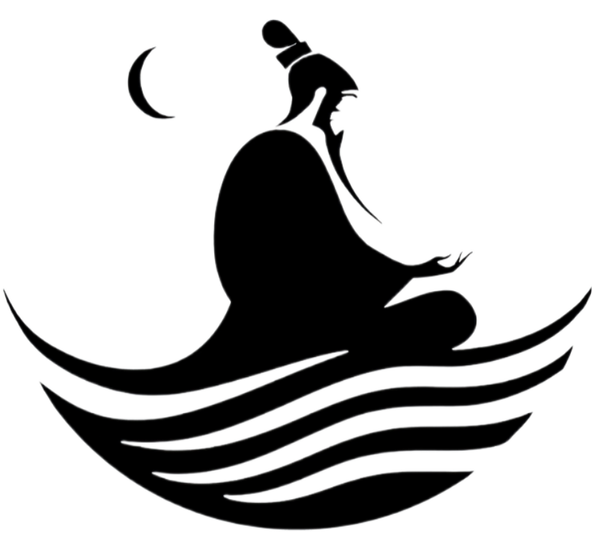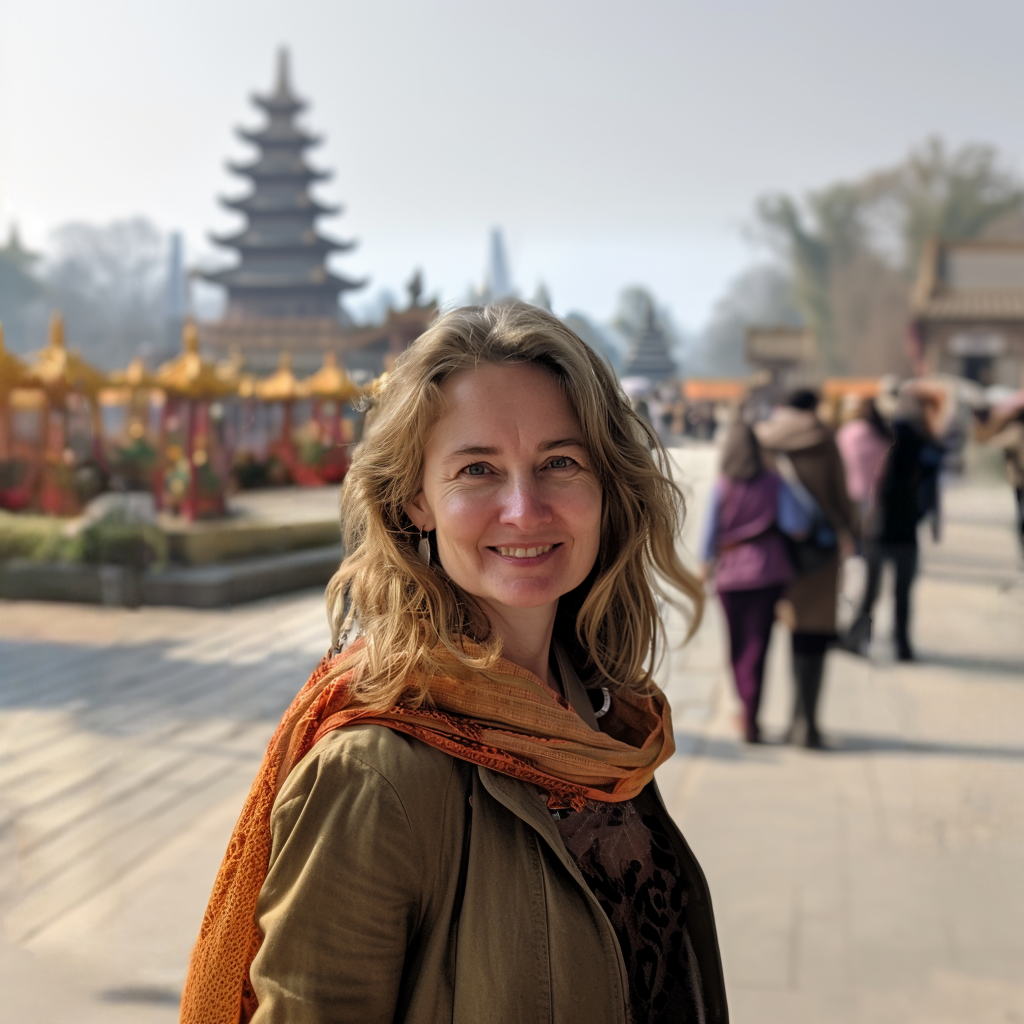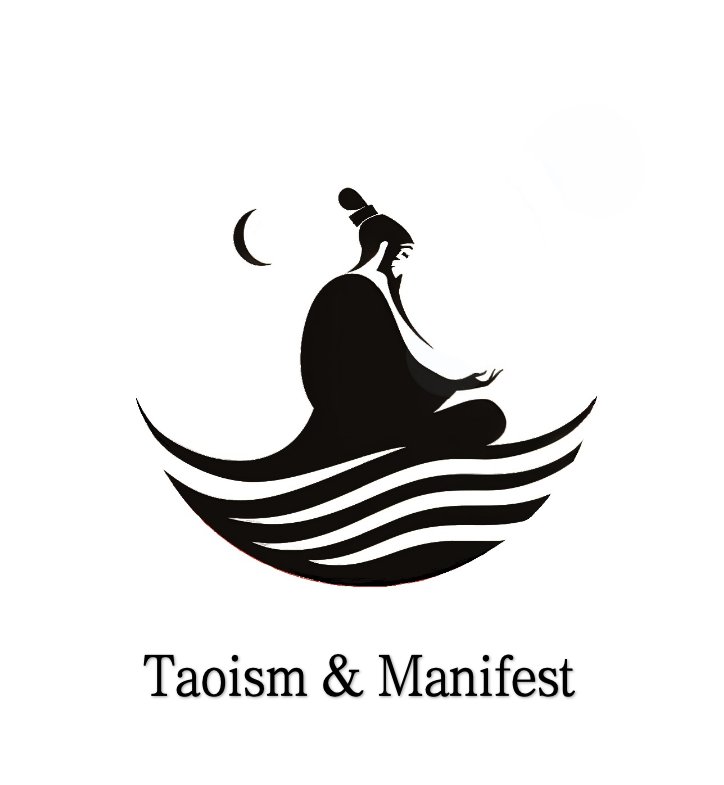The main difference between Taoism and folk beliefs is where they come from and how they are set up. Taoism is an organized tradition. It has clear teachings and set rituals. Many people mix up Taoist practices with folk customs. This happens when they see things like qigong, talismans, or rituals in daily life. This mix-up often comes from history. The word "Taoism" can mean both the philosophy and the religion. This makes things confusing. In many places, people call any ritual about the tao or spiritual life "Taoism." Sometimes, these rituals really come from folk practice. To really understand the tao and how it shapes life, you need to study and try it yourself. Readers can find clear ways to tell true Taoist practices from folk customs in daily life.
Key Takeaways
Taoism is a group with clear rules and teachings. It has special rituals and trained priests. Folk beliefs start in communities and do not have strict rules.
Taoist rituals have set steps to follow. They use special things like talismans and scriptures. These help people connect with the tao and find balance.
Folk customs help with daily needs. They use simple charms and local gods. Community members lead these flexible practices.
Taoist practices have formal ceremonies and spiritual goals. Folk customs are different in each place. They focus on helping people in daily life.
To learn about Taoism, you study its ideas and watch its rituals. These rituals help people live naturally and peacefully.
Taoism Defined
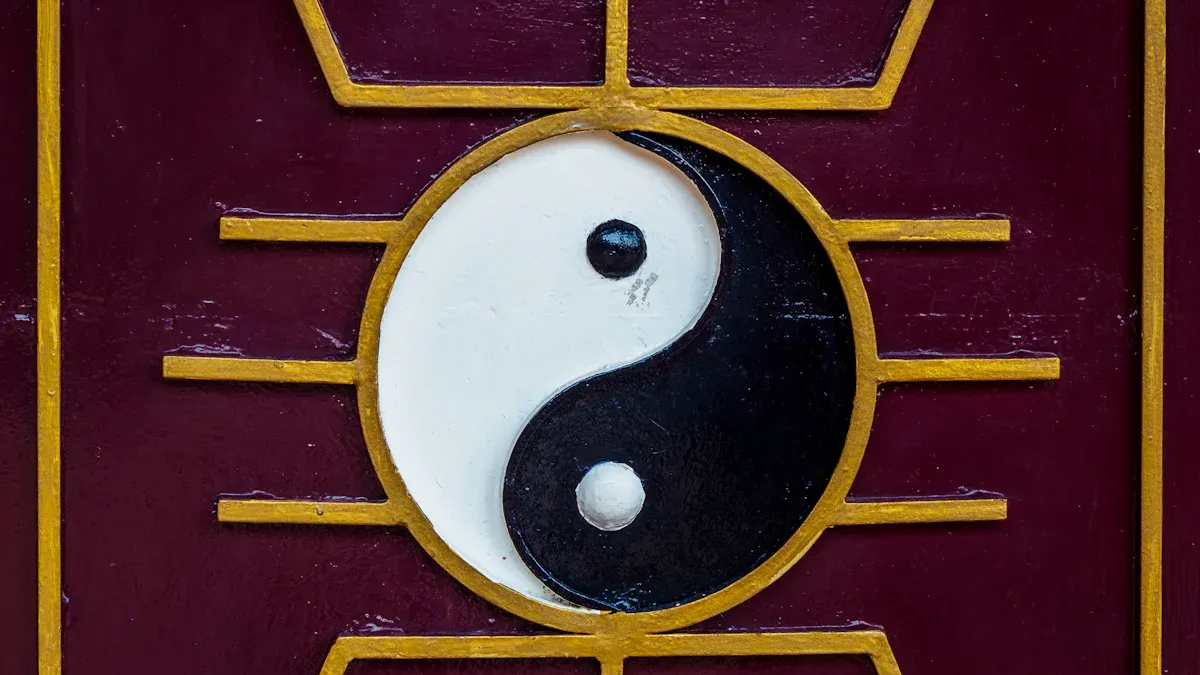
Taoist Philosophy
Taoism started a long time ago in China. It is both a way of thinking and a religion. Taoist philosophy says the tao is behind everything. The tao is not something you can see or touch. But it shapes all things and guides the world. Taoist philosophy tells people to live with the tao. This means going with the flow and being natural. People should let things happen and not force them. Wu Wei means acting without effort. It helps people find balance every day. Taoist philosophy likes simple living and being humble. It also values being able to change when needed. The Tao Te Ching and Zhuangzi are two important books. They show how to live with balance and nature. They say life is peaceful when people stop fighting what is natural. Taoism teaches that real happiness comes from knowing the tao. It also comes from living in harmony with it.
Taoist Teachings
Taoist teachings are more than just ideas. They have many ways to help people connect with the tao. Rituals, qigong, and talismans are key parts of taoist practice. These are not just magic or old stories. They help people find balance and harmony. Qigong uses breathing and moving to guide energy. This helps the body and mind work together. Talismans are used in special events to protect people. They also bring spiritual help. Taoist rituals honor ancestors or fix balance in the group. Over time, taoist practices got more organized. There are special priests and set ways to do things. This is not like folk beliefs, which are less formal. Taoist teachings always focus on the tao and being natural. They also focus on finding harmony in life. By following these ways, people can find peace. They can also feel closer to the world around them. (To explore how Taoism integrates these practices for health and well-being, see "How Taoism Supports Lasting Health and Well-Being")
Folk Beliefs
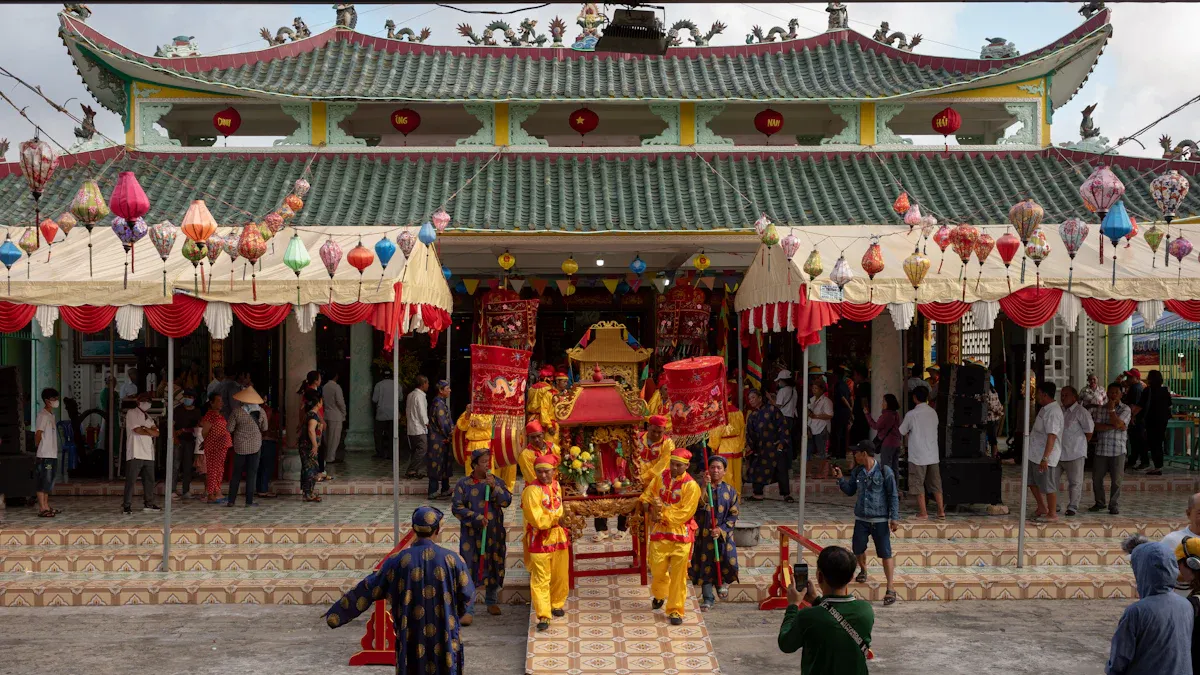
Folk Practices
Folk beliefs in China come from many old traditions. They do not start with one leader or group. Instead, they grow in families and towns. People mix ideas from the tao, Buddhism, and old ways. This makes each place have its own special customs. Many people see things like ancestor worship or feng shui and think they are Taoist. But these are really folk beliefs. For example, villagers might burn incense for the earth god. They may ask a medium for help or advice. Some use qigong or divination to get good luck. These things do not have strict rules or leaders. Each town or village does things in its own way.
Community festivals are big events for everyone. People eat together, honor local gods, and do rituals. The tao is sometimes part of these events. But the main focus is on local needs and traditions. These festivals help keep folk beliefs strong and connect people to their past.
Local Deities
Local deities are very important in folk belief. People honor gods of rivers, mountains, or even doors. These gods often start as heroes or special people. Over time, villagers pray to them for safety or luck. Local deities are not part of a big system like Taoist gods. They help with daily life and real needs. For example, Door Gods protect homes. River goddesses watch over fishermen. Taoist temples may have these gods too. But folk belief keeps their stories and rituals alive in the community.
Aspect |
Local Deities |
Taoist Deities |
|---|---|---|
Origin |
Local heroes, spirits, or nature |
Part of a cosmic system |
Worship |
Community-based, practical |
Temple-based, formal |
Folk belief does not have one book or set rules. Each practice comes from what people need or hope for. This makes folk beliefs easy to change and part of daily life.
Key Difference
Rituals and Magic
Taoism and folk beliefs both affect life in China. But their rituals and magic are not the same. Taoist rituals have strict steps and rules. They come from the ideas of the tao. Every move and word in a Taoist ceremony means something special. Taoist priests use talismans, special writing, and secret hand signs. These things help them talk to the spirit world. Only trained priests can do these rituals. They learn for a long time before leading them. Taoist rituals try to bring balance and peace. This matches the main idea of being natural in Taoism.
Folk beliefs care more about what people need every day. People use mediums, spirit possession, or simple charms for help. They want good health, luck, or help with family. Folk rituals do not have set steps. Anyone in the group can lead them. The way they do things can change in each place. Taoist talismans show skill and power. Folk magic is just for solving problems. This shows Taoism is based on the tao. Folk beliefs are based on old habits and superstitions.
Some symbols, like cranes or magic birds, are in both Taoist and folk rituals. In Taoism, these birds mean living forever and being good. In folk beliefs, they are just lucky charms or pretty things. This can make people confused. But in Taoism, the meaning always goes back to the tao and finding balance. (For a deeper understanding of how Taoism promotes these values through everyday practices, read "Taoism and the Art of Urban Slow Living".)
Authority and Transmission
How Taoism and folk beliefs teach others is also different. Taoism has a clear way to train priests. It takes years to become a Taoist priest. You must study, join special groups, and follow rules. Priests learn about the tao and read special books. They must act in a good way. Priests lead rituals for ancestors and help the community. Taoist teachings go from teacher to student. This keeps the tradition strong and pure.
Folk beliefs do not have a training system. There are no schools or special books. Leaders can be mediums, exorcists, or elders. They get respect from others or from experience. They do not need formal training. Folk beliefs are shared by talking and watching. Each village may do things in a new way. This makes folk beliefs easy to change. But they do not have a deep link to the tao.
Taoism keeps its teachings safe with temples, priests, and books. The government often checks Taoist priests. They want to make sure Taoist practices help keep order and peace.
Folk beliefs are open and mixed. They use ideas from Taoism, Buddhism, and old ways. There is no single leader or rule. But folk beliefs stay strong because they help people in daily life.
Taoism is special because it cares about being natural and balanced. Its ideas shape every ritual and practice. Folk beliefs are lively and rich. But they do not have a strong link to the tao. This helps people know what is true Taoist practice and what is folk custom. (Learn more about the disciplined path of Taoist training in "Mastering Life’s Challenges with the Taoist Art of Yielding")
Daily Distinction
Practical Tips
People often wonder how to tell Taoist practices from folk customs in daily life. Here are some easy ways to spot the difference:
Taoist rituals always have ordained priests who follow set steps. These priests use special items like talismans, memorial statements, and scriptures. They perform rituals such as the Offering or Merit ceremonies. These events help connect the community to the tao and guide the spirit of the deceased toward Heaven.
Taoist rituals focus on teaching people to respect deities that show the tao. The goal is spiritual growth, not just solving daily problems. The tao shapes every part of the ritual.
Folk customs look different. Anyone can lead them, and they often change from place to place. People use simple charms, spirit mediums, or local gods for help with health or luck. These customs do not follow strict rules or use special scriptures.
Taoist rituals aim for spiritual transformation. Folk customs focus on daily needs and family life.
Tip: If a ritual uses scriptures, talismans, and has a trained priest, it likely comes from the tao. If it feels more like a family tradition or local festival, it may be a folk custom.
Real-World Scenarios
Imagine a village during a festival. A Taoist priest leads a ceremony with chanting, incense, and special hand signs. He reads from a scripture and draws talismans. The tao guides every action. This ritual helps the community renew its bond with the gods and the tao. People feel the tao in the air, shaping their life and giving meaning to the event.
In another scene, a family burns incense at home for a local earth god. They ask for good crops and safe travels. No priest leads the ritual. The tao is not the main focus. The family follows old habits passed down through life. This is a folk custom, shaped by daily needs.
People who walk the path of understanding can see these differences. They know that living as a taoist means following the tao in every part of life. The tao is not just for big rituals. It shapes daily choices, brings balance, and helps people find peace. The path of understanding grows clearer with each step, as the tao becomes a guide for life. (For more on how Taoist principles are applied in daily life, consider "How Taoism Helps You Slow Down and Enjoy City Life")
Taoist practices are different from folk beliefs because they have deep ideas and special rituals. Real Taoist ceremonies use old books and need trained priests. Folk customs are more about what people need in their area and use simple charms. If you want to find real Taoist rituals, look for clear steps and use of important books.
Keep an open mind and stay curious when learning about Taoist culture. If you want to know more, books by Michael Saso or Henri Maspero are good for learning about real Taoism.
FAQ
What makes a Taoist ritual different from a folk custom?
A Taoist ritual uses trained priests, set steps, and special scriptures. Folk customs often use simple charms or local traditions. Anyone can lead a folk custom. Taoist rituals always focus on harmony with the tao.
Can anyone use Taoist talismans?
Only trained Taoist priests create and use real talismans. They learn special skills and follow strict rules. Folk beliefs may use charms, but these do not have the same meaning or power.
Are all Chinese festivals Taoist?
Not all Chinese festivals come from Taoism. Many festivals mix Taoist, Buddhist, and folk traditions. Some focus on local gods or family needs, not the tao.
How can someone learn more about real Taoist practices?
Start by reading books like the Tao Te Ching. Visit a Taoist temple and watch a ceremony. Ask questions and stay curious. Real learning comes from both study and experience.
See Also
How Taoism Supports Lasting Health and Well-Being
